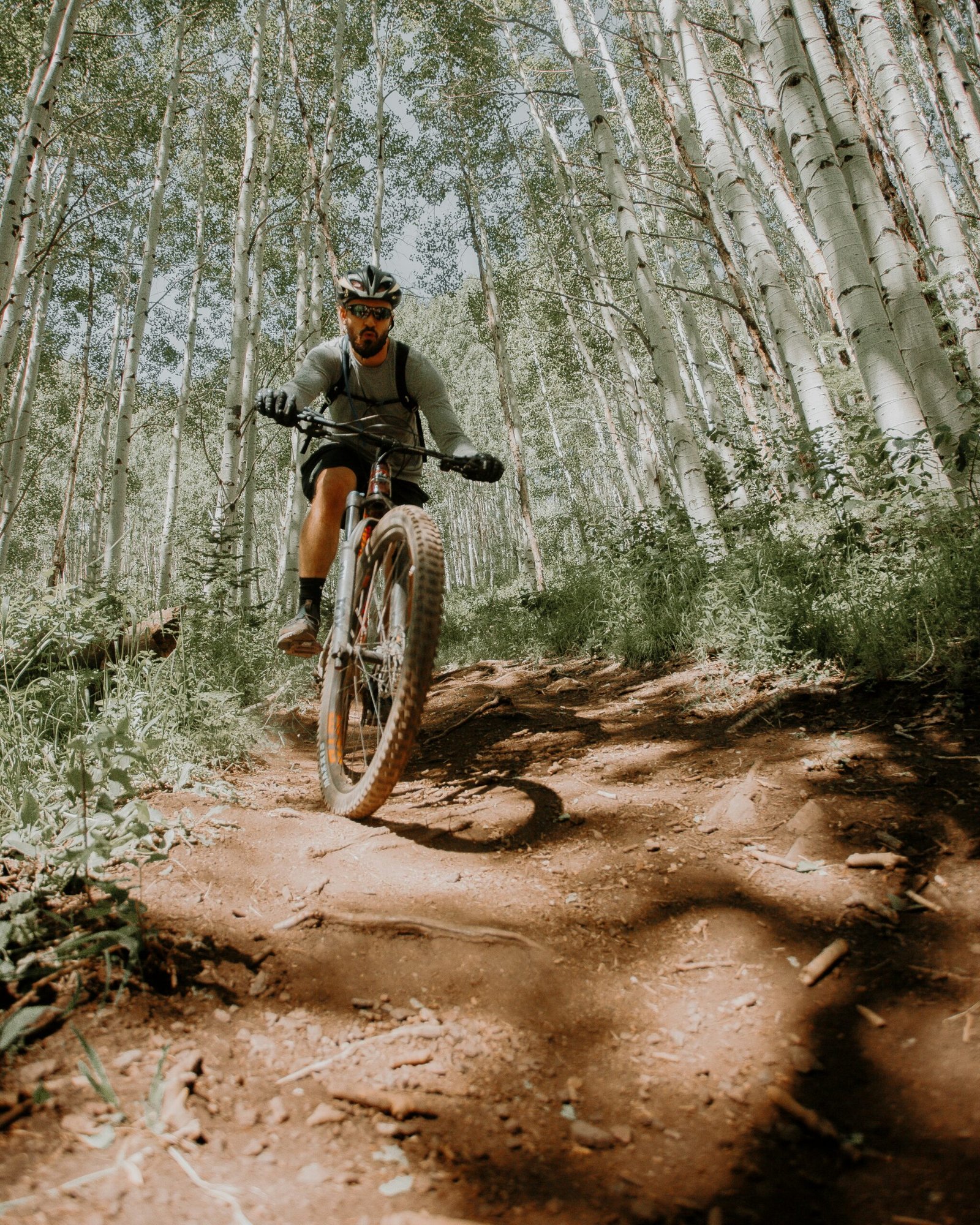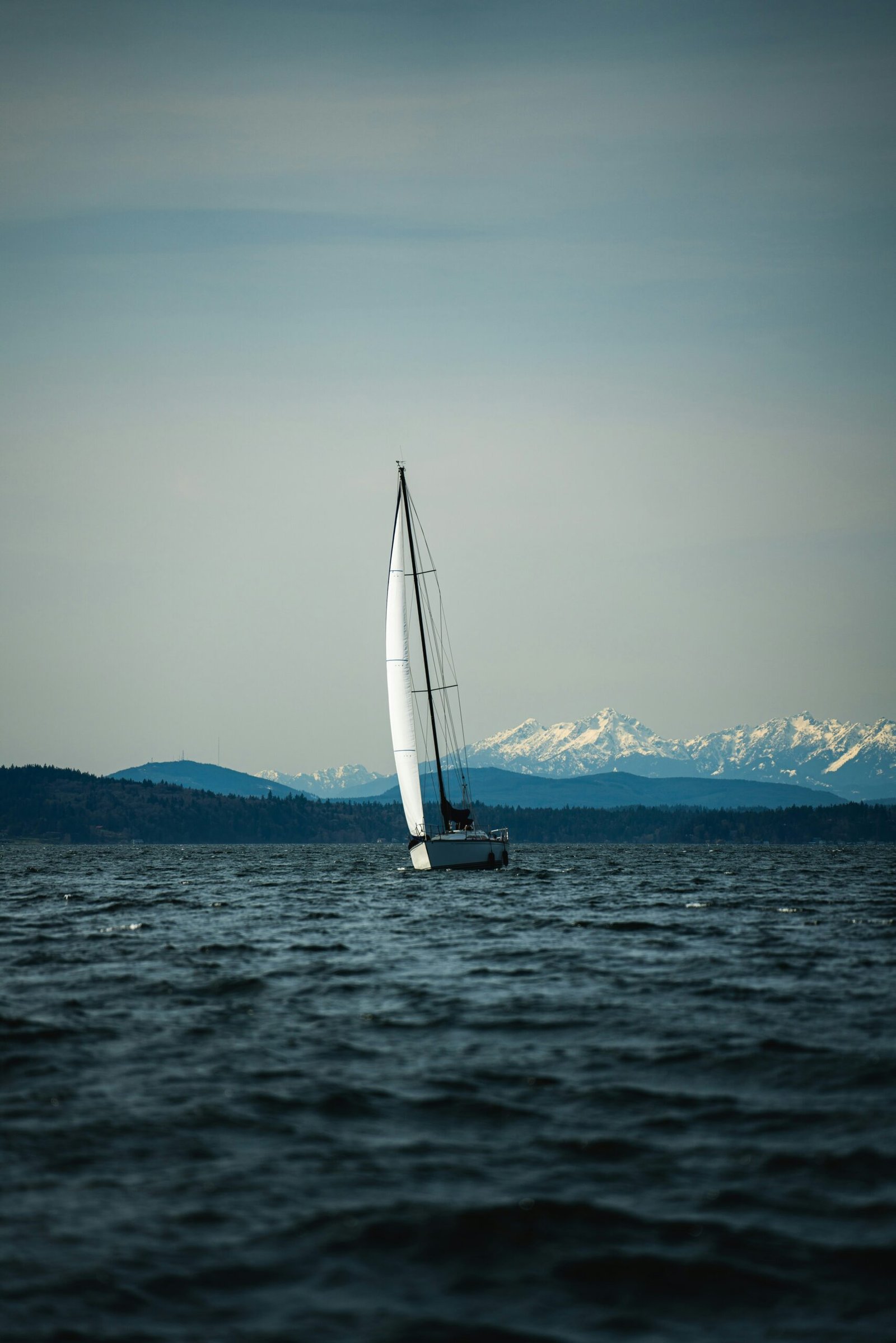
History of Mountain Biking at the Olympics
The inclusion of mountain biking in the Olympics can be traced back to the 1996 Atlanta Games. It was a significant milestone for the sport, as it marked the first time mountain biking was recognized as an Olympic discipline. Since then, it has become a highly anticipated event in the Summer Olympics.
The decision to include mountain biking in the Olympics was met with mixed reactions initially. Some traditionalists argued that it was not a true representation of the Olympic spirit, while others saw it as an opportunity to showcase a fast-growing and thrilling sport to a global audience.
The inaugural mountain biking event at the Olympics took place in the beautiful setting of the Georgia International Horse Park. The course was designed to test the skills and endurance of the riders, featuring a mix of technical descents, challenging climbs, and obstacles. It proved to be a thrilling spectacle, captivating both the athletes and the spectators.
Since its debut, mountain biking at the Olympics has continued to evolve. The International Cycling Union (UCI), the governing body of the sport, has introduced new disciplines to keep up with the ever-changing landscape of mountain biking. Today, the Olympic mountain biking program consists of four disciplines: cross-country, downhill, four-cross, and the relatively new addition, cross-country eliminator.
Disciplines of Olympic Mountain Biking
1. Cross-Country: This is the most traditional and widely recognized discipline of mountain biking. It involves racing on a challenging off-road course, usually covering a distance of around 30-40 kilometers for men and slightly shorter distances for women. The riders must navigate through various terrains, including steep climbs, technical descents, and obstacles. The first rider to cross the finish line is declared the winner.
2. Downhill: As the name suggests, downhill mountain biking is all about speed and adrenaline. Riders tackle a steep and technical course, aiming to complete it in the fastest time possible. The course is filled with obstacles, jumps, and drops, putting the riders’ skills and nerve to the test. The rider with the fastest time is crowned the winner.
3. Four-Cross: This discipline is all about head-to-head racing. Four riders compete against each other on a specially designed course featuring jumps, berms, and tight corners. The riders battle it out, trying to be the first to cross the finish line. The top two riders from each heat advance to the next round until the final race determines the winner.
4. Cross-Country Eliminator: This is a relatively new addition to the Olympic mountain biking program. It is a fast and intense discipline that takes place on a short and technical course. Four riders compete against each other in a series of knockout rounds, with the top two from each heat advancing. The final race determines the winner.
Athletes Who Have Made Their Mark
Over the years, mountain biking at the Olympics has seen the rise of many talented athletes who have left a lasting impact on the sport. One such athlete is Julien Absalon from France. He is considered one of the greatest cross-country mountain bikers of all time, having won two Olympic gold medals and multiple World Championships.
In the downhill discipline, Rachel Atherton from Great Britain has dominated the scene. She has consistently been at the top of her game, winning multiple World Championships and an Olympic gold medal.
The four-cross discipline has seen its fair share of remarkable athletes, including Anneke Beerten from the Netherlands and Jared Graves from Australia. These riders have showcased their skills and agility, thrilling audiences with their daring maneuvers and fierce competition.
As mountain biking continues to grow in popularity, we can expect to see more talented athletes emerging and pushing the boundaries of the sport at the Olympics. With its blend of excitement, skill, and endurance, mountain biking is sure to captivate audiences for years to come.
The Evolution of Mountain Biking at the Olympics
Mountain biking’s inclusion in the Olympic Games in 1996 marked a turning point for the sport, elevating it to a new level of recognition and significance. The decision to include mountain biking was a reflection of the growing popularity and appeal of the sport, which had gained a dedicated following around the world.
The inaugural mountain biking event at the Atlanta Games featured both men’s and women’s races, with athletes from various countries competing for the coveted gold medals. The course was designed to challenge the riders’ technical skills and endurance, incorporating steep climbs, rocky descents, and tight turns. The event was a resounding success, captivating audiences with its thrilling displays of athleticism and showcasing the unique challenges and excitement of the sport.
Following the positive reception in Atlanta, mountain biking became a regular fixture at the Summer Olympics, with subsequent editions of the Games featuring increasingly competitive and demanding courses. The International Cycling Union (UCI), the governing body for the sport, worked closely with the Olympic Committee to ensure the inclusion of mountain biking in the Games and to continually improve and refine the event.
Over the years, the sport has witnessed remarkable advancements in technology and equipment, with mountain bikes becoming lighter, more durable, and better suited to the demands of Olympic-level competition. Athletes have also pushed the boundaries of what is possible on a mountain bike, honing their skills and techniques to navigate the most challenging terrains with speed and precision.
The Olympic mountain biking event has not only provided a platform for elite athletes to showcase their abilities, but it has also inspired a new generation of riders. The exposure and recognition gained from competing at the Olympics have helped popularize the sport and encourage more people to take up mountain biking. This increased participation has led to the establishment of new trails, bike parks, and competitions, further fueling the growth and development of mountain biking around the world.
In recent years, the Olympic mountain biking event has become even more competitive, with riders from traditional powerhouses such as the United States, Switzerland, and France facing stiff competition from emerging nations like Brazil, Colombia, and South Africa. The races have become battles of strategy, skill, and endurance, with athletes employing various tactics to gain an edge over their rivals. The unpredictable nature of mountain biking, with its ever-changing terrain and weather conditions, adds an element of excitement and unpredictability to the Olympic competition.
Looking ahead, the future of mountain biking at the Olympics appears bright. The sport continues to evolve, with new disciplines such as cross-country eliminator and downhill gaining popularity and attracting a wider audience. The Olympic Committee and the UCI are committed to promoting and developing mountain biking, ensuring its continued growth and success as an Olympic sport.
In conclusion, mountain biking’s inclusion in the Olympic Games in 1996 was a significant milestone for the sport, providing a global platform for athletes to showcase their skills and compete at the highest level. Since then, the Olympic mountain biking event has grown in stature and popularity, inspiring a new generation of riders and pushing the boundaries of what is possible on a mountain bike. With its thrilling displays of athleticism and ever-increasing competition, mountain biking at the Olympics continues to captivate audiences and solidify its position as a premier Olympic sport.
Cross-Country Olympic (XCO)
In addition to the traditional cross-country discipline, the Olympics also feature a specific cross-country event known as Cross-Country Olympic (XCO). XCO is a more condensed and intense version of cross-country mountain biking, designed to test the riders’ speed, agility, and tactical decision-making.
The XCO races take place on a shorter looped course, typically around 4-6 kilometers in length, with a mix of technical climbs, descents, and obstacles. The athletes compete in multiple laps, usually between 5-7, depending on the course’s difficulty and duration. The race’s duration can range from 90 minutes to 2 hours, demanding high levels of endurance and mental focus.
XCO requires a balance between explosive power and sustained effort. The riders must possess the ability to accelerate quickly out of corners, power up steep climbs, and maintain a fast pace throughout the race. The technical sections of the course require precise bike handling skills, as the athletes navigate through rocks, roots, and tight turns.
Cross-Country Team Relay (XCR)
Another discipline that has gained popularity in recent years is the Cross-Country Team Relay (XCR). In this event, teams of four riders, consisting of two men and two women, compete in a relay format. Each rider completes a short lap before handing over to the next team member.
The XCR races are fast-paced and dynamic, with riders pushing their limits to maintain high speeds and quick transitions. The teams must strategize their order of riders and transitions to maximize their overall performance. The XCR discipline adds an element of teamwork and coordination to mountain biking, as the riders work together to achieve the best possible result.
Conclusion
Mountain biking at the Olympics offers a diverse range of disciplines that cater to different riding styles and strengths. From the endurance-driven cross-country races to the adrenaline-pumping downhill runs, each discipline showcases the athletes’ unique skills and abilities. Whether it’s the technical challenges of XC, the speed and agility of DH, the intensity of XCO, or the teamwork in XCR, mountain biking at the Olympics is a thrilling and captivating spectacle for both riders and spectators alike. One of the most exciting aspects of mountain biking at the Olympics is the diversity of talent and styles that the athletes bring to the competition. Each rider has their own unique approach and technique, making for thrilling and unpredictable races.
In the men’s XC discipline, Nino Schurter from Switzerland has emerged as a force to be reckoned with. Schurter is a multiple-time World Champion and Olympic gold medalist, having won the top prize at the 2016 Rio Games. His technical skills and incredible endurance make him a formidable competitor on any course.
Another athlete who has made a name for himself in the men’s XC discipline is Mathieu van der Poel from the Netherlands. While primarily known for his success in road cycling and cyclocross, van der Poel has also proven to be a formidable mountain biker. With his explosive power and fearless attitude, he has quickly risen through the ranks and has become a top contender in the sport.
In the women’s XC discipline, Jolanda Neff from Switzerland has been a dominant force. Neff burst onto the scene at a young age and has since become a World Champion and Olympic medalist. Her technical skills and ability to navigate challenging terrain with ease have made her a fan favorite and a role model for aspiring female mountain bikers.
When it comes to the downhill discipline, Aaron Gwin from the United States is a name that cannot be overlooked. Gwin is known for his incredible speed and precision, often pushing the limits of what is possible on a downhill course. While he has yet to win an Olympic gold medal, his numerous World Cup victories and consistent podium finishes have solidified his status as one of the best downhill riders in the world.
In the women’s downhill discipline, Myriam Nicole from France has made a significant impact. Nicole is a multiple-time World Cup winner and has consistently been a top contender in international competitions. Her aggressive riding style and ability to navigate technical sections with ease have earned her a reputation as one of the most exciting riders to watch.
Overall, the athletes in mountain biking at the Olympics continue to raise the bar and inspire future generations of riders. Their dedication, skill, and passion for the sport are evident in every race, making mountain biking a thrilling and captivating event to watch. Whether it’s the technical prowess of Julien Absalon, the fearless approach of Rachel Atherton, or the explosive power of Mathieu van der Poel, these athletes have left an indelible mark on the sport and will be remembered as true legends of mountain biking. The inclusion of the Olympic BMX Freestyle Park event in the 2020 Tokyo Games marked a significant milestone for alternative cycling disciplines. This event showcased the incredible skills and creativity of BMX riders, captivating audiences with gravity-defying tricks and aerial maneuvers. The success of this event has sparked discussions about the possibility of introducing similar disciplines within mountain biking at future Olympic Games.
One discipline that has gained considerable traction is the Enduro format. Enduro combines the technical challenges of downhill racing with the endurance aspect of cross-country riding. In an Enduro race, riders are required to navigate a series of timed downhill stages, where they must showcase their technical skills and speed. These stages are interspersed with untimed uphill transfer stages, allowing riders to conserve their energy for the timed descents.
The Enduro format has rapidly gained popularity within the mountain biking community due to its dynamic nature and ability to showcase a rider’s all-round abilities. It requires a combination of technical prowess, physical fitness, and strategic decision-making. Enduro races often take place in diverse terrain, ranging from steep and technical descents to more flowy and pedaling-intensive sections. This variety adds an exciting element to the sport, as riders must adapt their riding style to different trail conditions.
Considering the growing interest in Enduro racing and its appeal to both riders and spectators, it is not surprising that there is a push to include this discipline in future Olympic Games. The inclusion of Enduro would not only diversify the mountain biking events at the Olympics but also provide a platform for riders to showcase their skills in a format that is gaining global recognition.
However, the process of introducing new disciplines to the Olympic program is complex and requires careful consideration. The International Olympic Committee (IOC) and the Union Cycliste Internationale (UCI) would need to evaluate the feasibility and impact of including Enduro in the Olympic Games. Factors such as the availability of suitable venues, the potential for global participation, and the overall appeal to both athletes and audiences would need to be taken into account.
In conclusion, the future of mountain biking at the Olympics holds exciting possibilities. The introduction of the Olympic BMX Freestyle Park event has opened the doors for alternative cycling disciplines, and the inclusion of the Enduro format could further enhance the sport’s presence on the Olympic stage. As the sport continues to evolve and attract a wider audience, it is essential to explore new avenues for competition and celebrate the diverse skills and talents within the mountain biking community.




